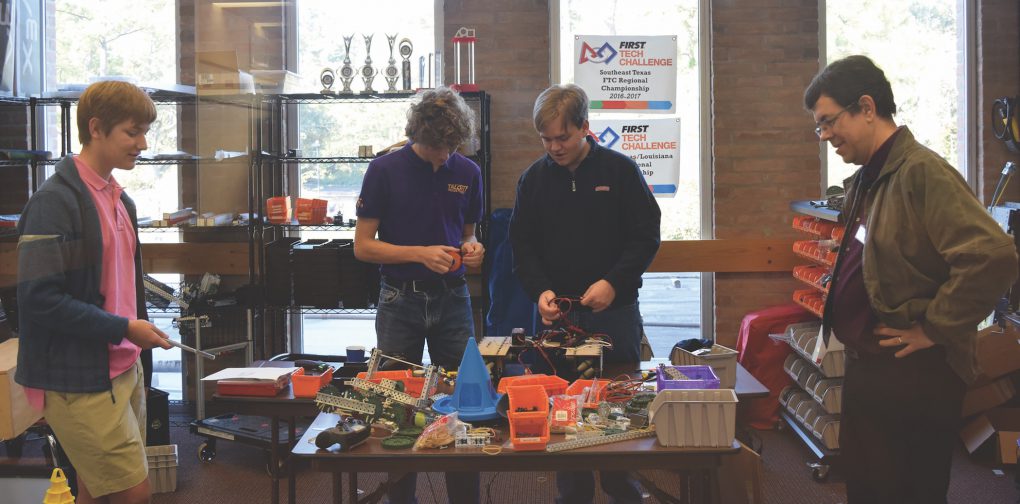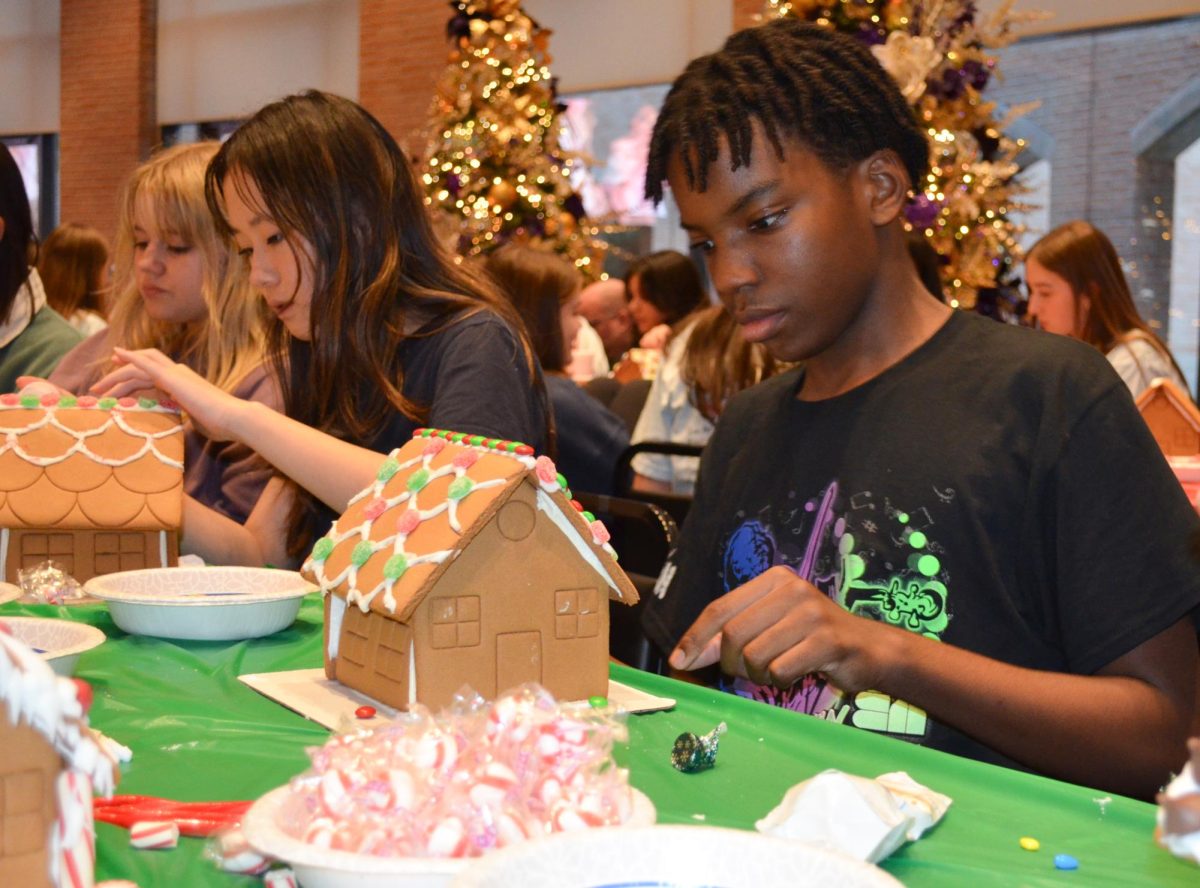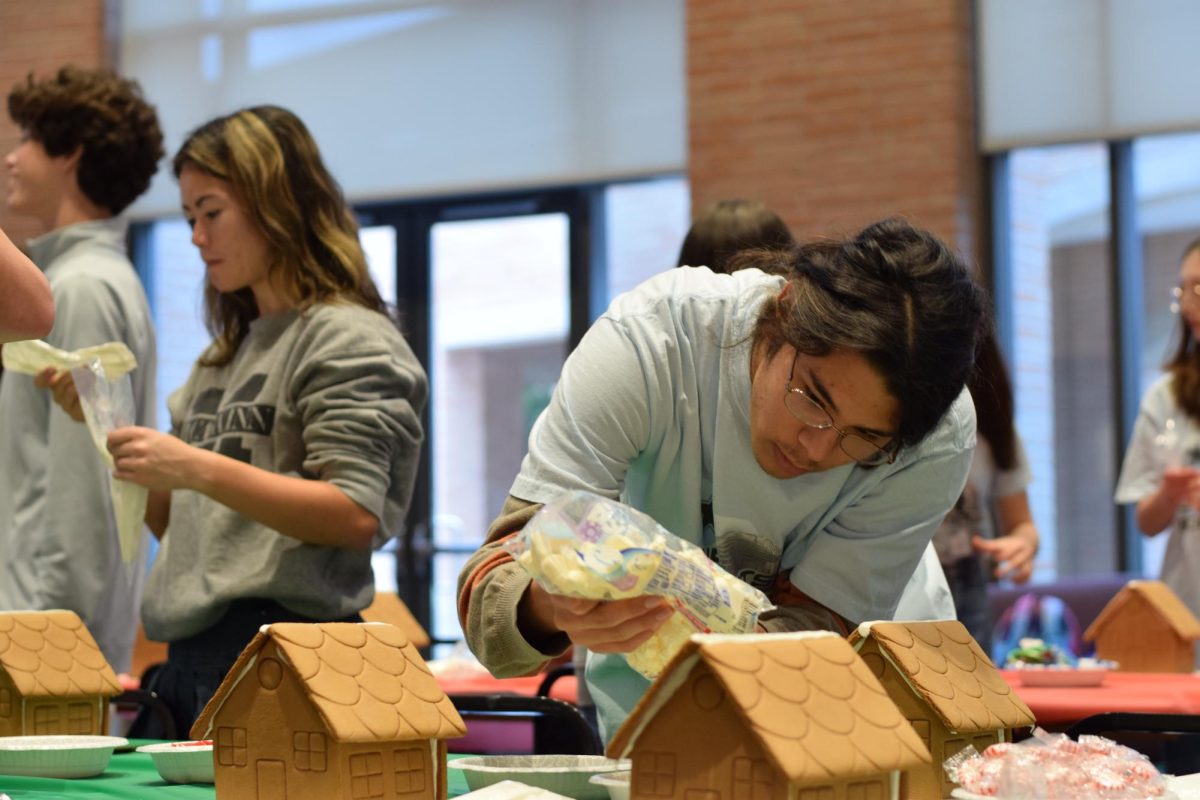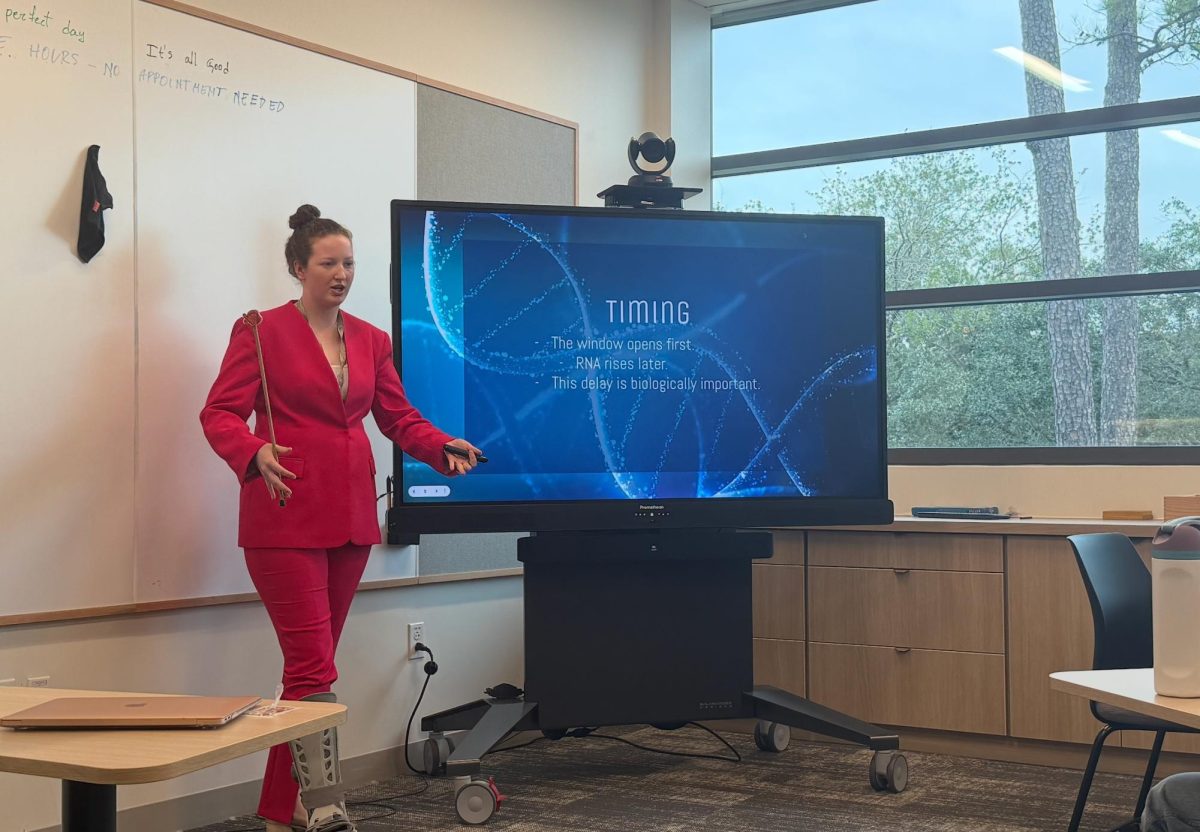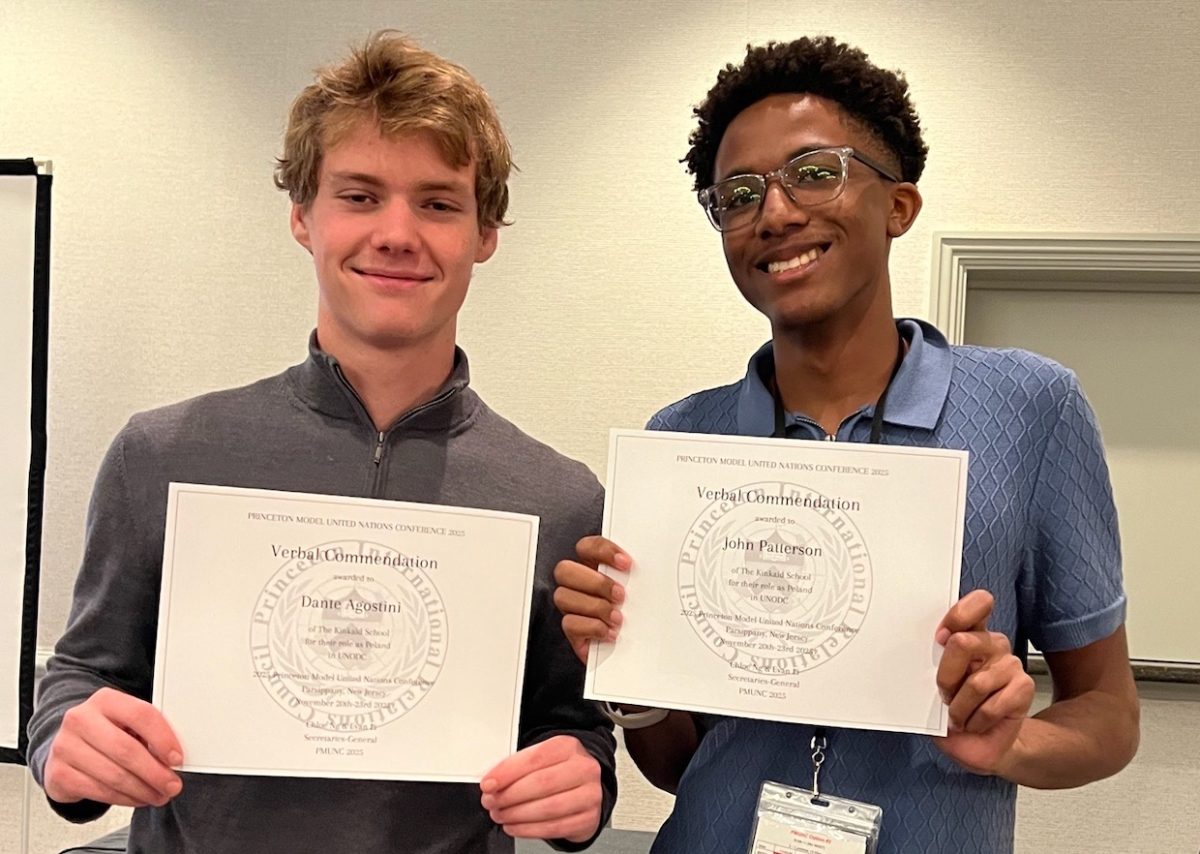Since its inception in the 2012-2013 school year, the Kinkaid robotics program, made up of the VEX and FTC teams, has gradually emerged as a strong, competitive, and dedicated group.
These two teams are different in the manner of their competitions: while VEX teams are limited in the parts they are able to use, FTC permits competitors to utilize anything not on a designated ban list.
The parts of a VEX team are programmers, who give the robot commands, builders, who construct the robot and the driver, who puts it all into action during the pressure and intensity of matches.
Before competitive teams, robotics first came into existence at Kinkaid through an Interim Term class in 2005, taught by Upper School Technology Coordinator Mr. Harlan Howe. Due to its popularity, it quickly evolved into a regular class — Intro to Computer Science: Robotics — that remains part of a four-semester sequence, including Python, Processing, and iOS Programming. Students in the class work to understand the combination of electronics, mechanics, and software required to make a robot function properly, and when first constructing their robots, they used LEGOs until switching to Arduino robots six years ago.
Under Mr. Howe, the robotics team was formed after requests from numerous students for a club or extracurricular in which they could pursue this hobby. As a result, the Robotics Club surfaced, which followed the standard club system (A, B day) and competed in the VEX tournaments. The FTC team worked parallel to the club, although not a part of it, until the two teams recently merged into one cohesive program. As such, Kinkaid funds the program, and it is more comparable to an athletic team in terms of structure, time-commitment, and activities. However, the club still exists as a place for discussion and news of all things robotics.
The goals of the robotics program are to first understand and learn about robots, but more specifically, “learn the engineering that goes into making them,” Mr. Howe said. Furthermore, outreach both to other schools and to other grade levels is an important aspect of the program according to Mr. Howe.
Jamie Moseley (12), having been fascinated with robots his entire life, joined the FTC team in tenth grade. He enjoys building robots, programming, and designing, and he contributes time to building the robots almost every day as well as on the weekends.
Moseley also felt strongly about the classification of robotics as a sport, extracurricular, or hobby. He considers it a sport, but not in the traditional sense, since there isn’t any physical athleticism. However, “the time commitment and strategy needed to succeed in robotics is the same as a varsity sport, if not more since the season lasts longer,” Moseley said. Furthermore, there’s “a sense of camaraderie,” he remarked, like that of a team.
Besides the time commitments, Moseley believes the psychology and mental competition alone qualify it as a sport: “Just like how Coach Larned might design a defense around a particularly skilled receiver, we might design or program our robot around being particularly strong against a specific type of robot.”
Moseley posed an example: “Last year, lightweight robots were popular because of their speed. Our robot was just as fast, but also really heavy. Because of this, we were able to use our weight to our advantage and prevent other teams from scoring by ‘nudging’ them away.”
With regards to the season, Moseley looks forward to regional competition, as it is at this level that the FTC team competes the most.
VEX Team Captain Isabel Gardner joined under interesting circumstances midway through her sophomore year. “I was dragged to a VEX tournament, and I thought I was just there for moral support initially, but then they handed me a wrench. Then I started coming to builds and became part of the team. And now I’m team captain somehow,” she said.
For Gardner, robotics is about creative expression and freedom: “you can build whatever you think is best to build to meet a challenge.” She relishes the fact that “there aren’t really constraints.”
From September to April, the robotics season includes various tournaments held at high schools around Houston. The nature of these tournaments involves a match between two alliances, composed of two randomly selected teams. As Moseley noted, “Your ally in one match could be an opponent in the next.” Matches usually last five minutes, and are the product of hours spent building and programming a winning machine.
Tournaments are stressful and labor-intensive according to Gardner. However, they also act as an assessment, a way to highlight weaknesses that need to be improved upon. “You can learn stuff and then fill in those weaknesses,” Gardner said. And that complements Gardner’s goals for the season overall. “I look forward to learning as much as we can because we’re still a relatively new and small team. I look forward to growth, recruiting people, and making a better base for next year’s VEX.”
The robotics program currently has 18 members and aims to continue its growth as both the VEX and FTC team prepare for a busy winter season full of tournaments and competitions with their first one on Dec. 16.


